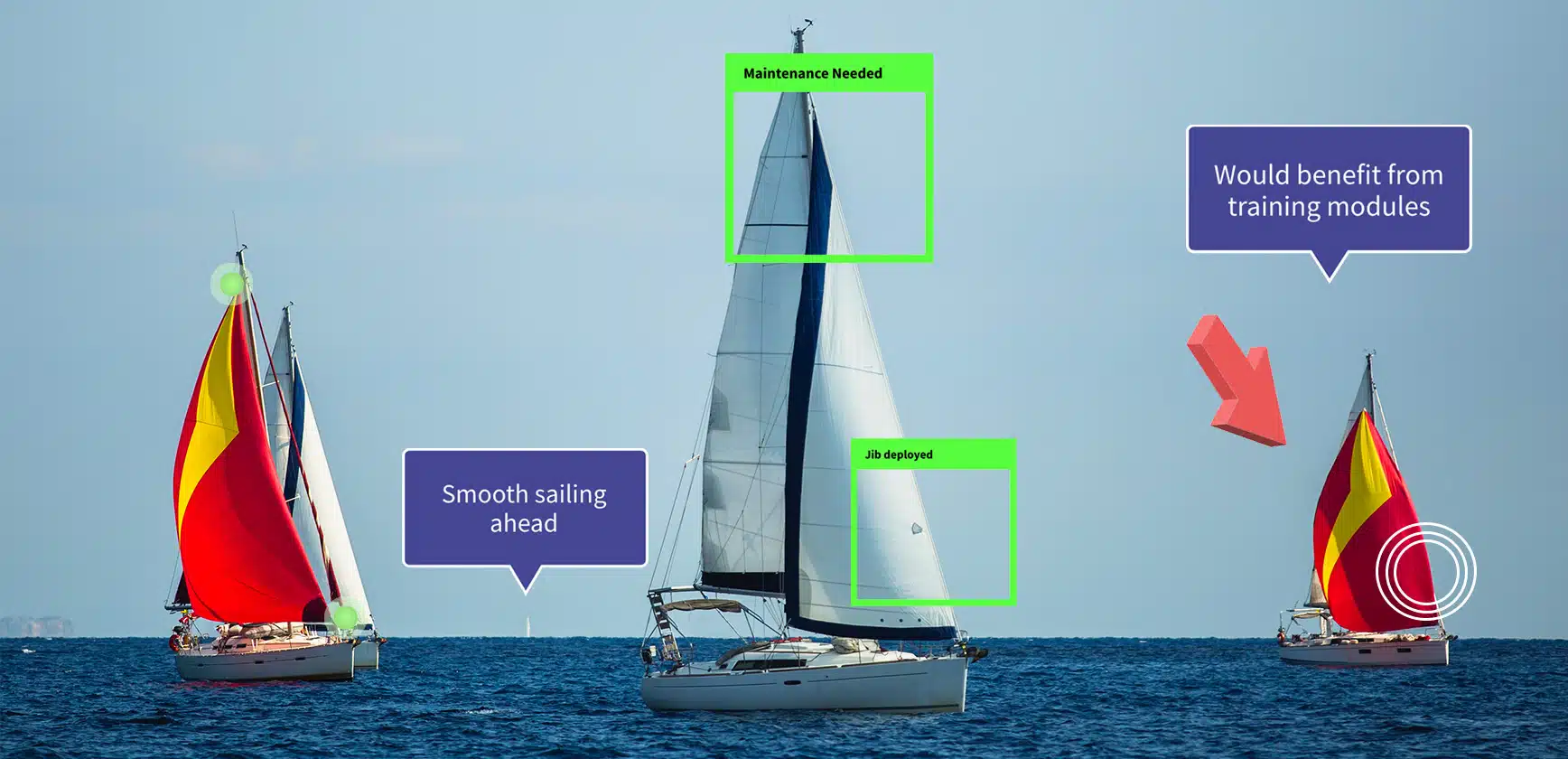
The America’s Cup is the oldest and most prestigious sailing race in the world. It is held just once every four years. To win the America’s Cup, a crew must do three things better than their competitors:
- Adapt quickly to changing conditions: Crews need to be able to think strategically and make quick decisions in a changing environment.
- Communicate know-how effectively: Crews need to be able to capture and share their sailing knowledge to give and receive instructions, as well as provide performance feedback and support.
- Execute flawlessly: Crews need to be disciplined and focused, and they need to and be able to execute their plans flawlessly.
In the end, it’s all about speed and agility.
Much like the crew of the Emirates New Zealand who won the last America’s Cup in 2021, Managed Service Provider’s (MSP’s) must flawlessly execute each transition without disrupting customer operations. Not only is this important to the customer, but it also directly impacts the MSPs’ speed to revenue recognition.
Transition without disruption requires seamless execution
An MSP’s ability to flawlessly complete a service transition is primarily dependent upon three critical activities:
- Data and knowledge capture: Ensuring a smooth transfer of information while preserving valuable insights and expertise within a team or organization.
- Curating and organizing data and knowledge: Once valued data and tribal knowledge insights have been captured, they must be managed and curated.
- Transitioning knowledge to the delivery team: After capturing data and knowledge, it must be easily accessible and deployable across multiple MSP service delivery teams.
While MSPs all have automated tools for data transition, the capture and curation of tribal knowledge and delivering it in an easily accessible structure continue to be an ever-daunting challenge.
MSPs are taking advantage of AR service-enabling technologies for smooth sailing
MSPs are more than ever leveraging augmented reality (AR) , artificial intelligence (AI) , and machine learning (ML) to improve the transition and onboarding of new customers and to improve speed to revenue and speed to customer cost savings. Here are a few examples:
- One MSP uses CareAR® Assist to reduce the need for multiple on-site MSP technicians, thus reducing travel costs, time, and traditionally invasive knowledge transfer protocols. CareAR is accelerating knowledge acquisition and enabling documentation of know-how and the distribution of experience through the application of CareAR’s platform of tools: Assist, Experience Builder, and Instruct.
- Another MSP has improved the quality of its delivery team onboarding process by creating interactive training modules using CareAR® Experience Builder to capture the ability of experienced customer employees and leverage their experiences to build and distribute AR-based training to its service delivery team using CareAR® Instruct.
This is especially important for MSPs who rely on a few experienced employees to support many less experienced technicians. One MSP is using CareAR to create interactive training modules that supply direct access to the know-how of highly experienced technicians, making that know-how available to less experienced delivery teams leveraged across multiple customers.
- Many other MSPs are seeing the value of using the data analytics capabilities of the CareAR Service Experience Management Platform to understand how time is being allocated, which service offerings are most efficiently delivered, and where there are delivery challenges that pose a potential Service Level Agreement (SLA) risk before it can happen.
While sailing is a sport heavily influenced by the wind and waves, so too are MSPs affected by the quality of the data and knowledge environments of their customers. Sailing teams hope for smooth sailing, but they take advantage of new and emerging boat designs, training protocols, and communications tactics to enable team success. As with sailing teams, MSPs must lead the adoption of emerging technologies and align their service capabilities to the competitive strategies of their customers who are looking to them for innovation.
AR can be a valuable tool for MSPs to capture and curate tribal knowledge during customer transitions. Using AR, AI, and ML, MSPs are improving the customer transition experience, accelerating revenue recognition, and improving the quality of their knowledge acquisition and curation processes for smooth sailing.
This article is the fourth in a four-part series designed for MSPs. If you missed any of the first three articles, read them here,“AR Gives MSPs the Inside Track on SLAs and Margin Squeeze”
“Beyond Differentiation – MSPs Leverage AR to Win New Customers” and “MSPs are Creating Magical Customer Experiences with Augmented Reality”